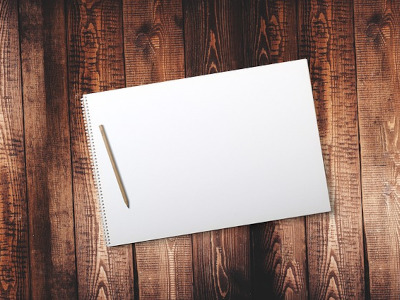Before paper was invented, people around the world used different materials for writing. The choice of material depended on the local environment, resulting in the use of clay tablets, tree bark, papyrus, and parchment.
The earliest known paper dates back to 200 BCE in China. It was found in an adobe brick and was likely used for religious purposes. In 105 CE, Ts’ai Lun documented the process of making paper. Initially, paper was mainly used by the government, wealthy individuals, and for religious ceremonies.
The first papers were made from recycled fishing nets, bamboo, mulberry bark, or hemp. Papermakers followed a series of steps to create paper. They collected fibers, soaked them in pits or vats for up to three months, pounded them into pulp, and poured the pulp onto a mold. The wet paper was then dried in the sun. This process was repeated multiple times. On average, a papermaker owned around 25 to 30 molds made of bamboo with a woven screen.
Around 600 CE, papermaking spread to Korea. Koreans made advancements such as using animal-powered grinding mills, inventing the laid paper mold, and drying the wet paper on wooden boards. They also invented the envelope and toilet paper.
Papermaking reached Japan around 610 CE, introduced by Korean Buddhist monks. In 770 CE, the first mass printing on paper was ordered by Empress Shotuko. Japanese papermaking initially followed the Korean style but was adapted to suit their needs. The paper produced in Japan was thin, smooth, almost transparent, and felt like silk, a significant improvement from the rough papers made earlier.
In the 8th century CE, Samarkand was a hub of science, mathematics, and literature. The affordable production of paper allowed knowledge to be recorded and shared. Samarkand was renowned for the high-quality paper used for copying the Quran. From there, papermaking spread to Baghdad, where the first water-powered paper mill was established in 794 CE. This innovation continued to spread through the Islamic world, reaching Damascus, Cairo, and eventually Europe.
In 1151, Spain introduced the water-powered stamping mill for pulping fibers, improving the efficiency of papermaking. By 1264 CE, Fabriano, Italy, had become a hub for paper mills. Europeans used cotton and linen fibers collected from recycled clothing for papermaking. Workers at the mills sorted, washed, and processed the rags into pulp. The paper mold, made from wood and metal, was perfected in Fabriano. The papermaker would dip the mold into a water and pulp mixture, shake it to spread the pulp evenly, and then press the wet paper onto a felt blanket. The paper was then dried, sized with gelatin for water resistance, polished, cut, and prepared for sale. Furthermore, between 1639 and 1728, there were 37 printers in the British colonies who produced over 3,067 books, pamphlets, and broadsides. Additionally, six newspapers were in circulation.
The first paper machine in the United States was built in 1817 at the Gilpin Paper Mill in Brandywine Creek, Delaware. This machine revolutionized the speed and output of papermaking. Thomas Gilpin, a papermaker, and his brother Joshua modified the Dickinson Cylinder machine design and obtained a US patent for the Gilpin machine. This marked the invention of the first American paper machine. The transition to paper machines led to the decline of making paper by hand.
As papermaking grew in America, research and education became crucial. Wood pulp became the primary fiber for papermaking, leading to a reevaluation of forestry practices. Institutions such as the Institute for Paper Chemistry in Wisconsin and the Technical Association for the Pulp and Paper Industry (TAPPI) were established to advance research in the field. Today, the Renewable Bioproducts Institute at Georgia Tech continues to contribute to research in the pulp and paper industry.
Sources:
https://paper.gatech.edu/sites/default/files/2021-04/History%20of%20Papermaking%20Around%20the%20World.pdf



